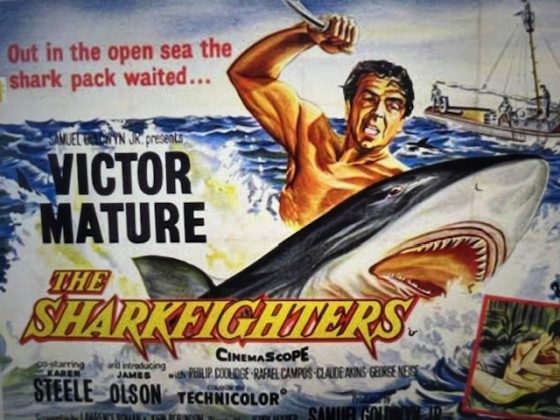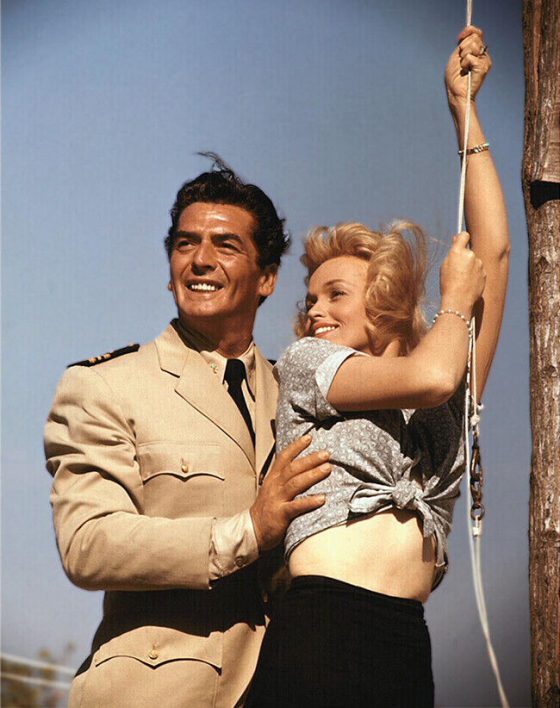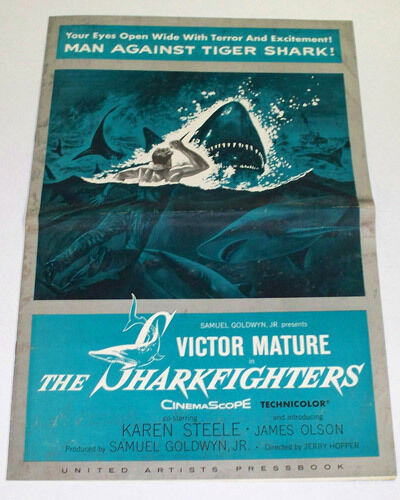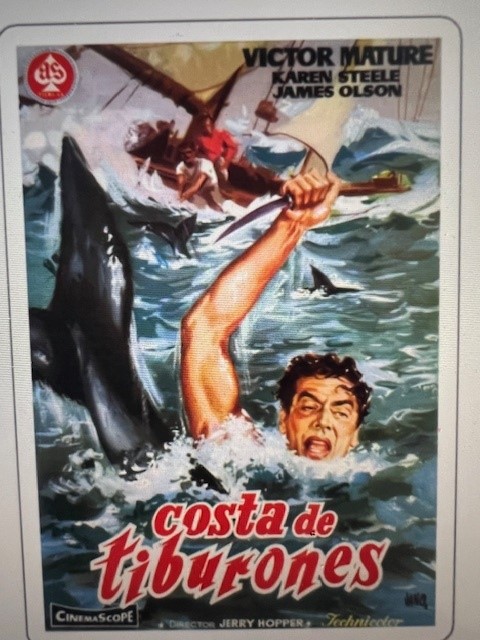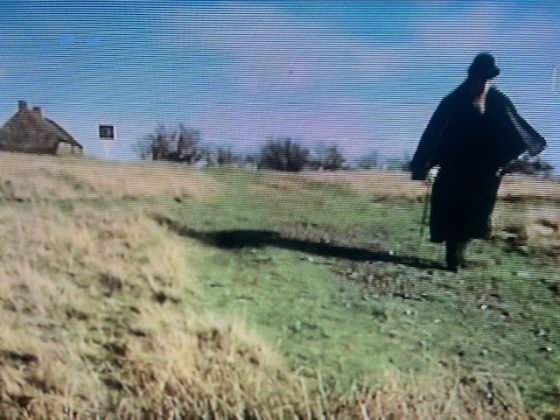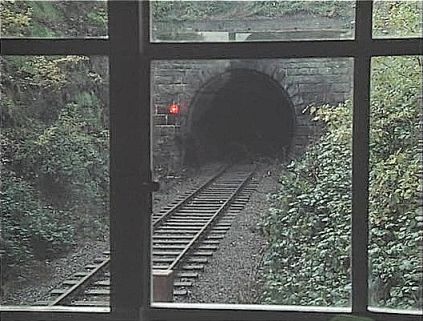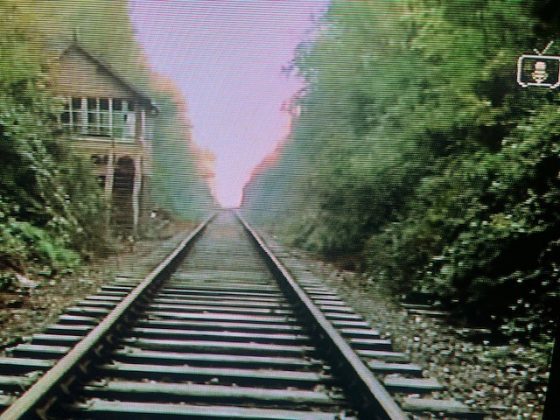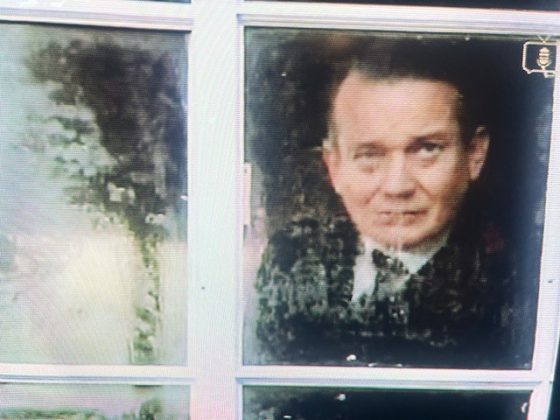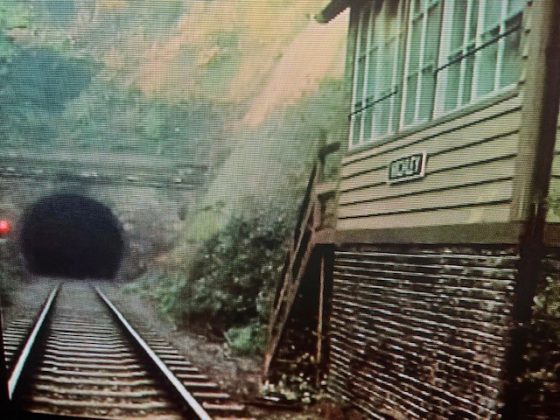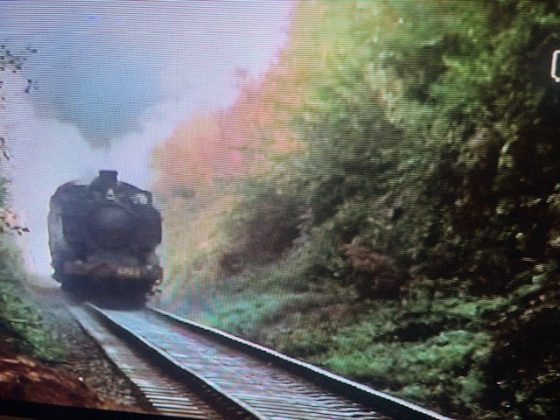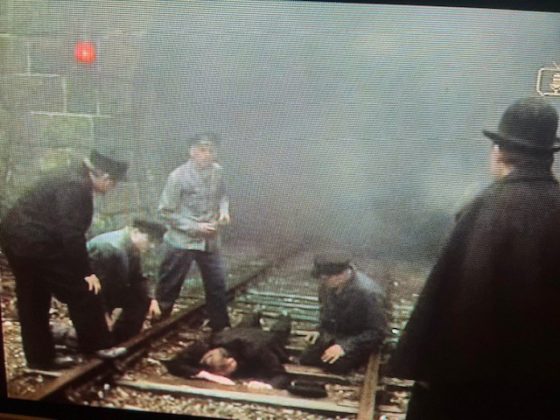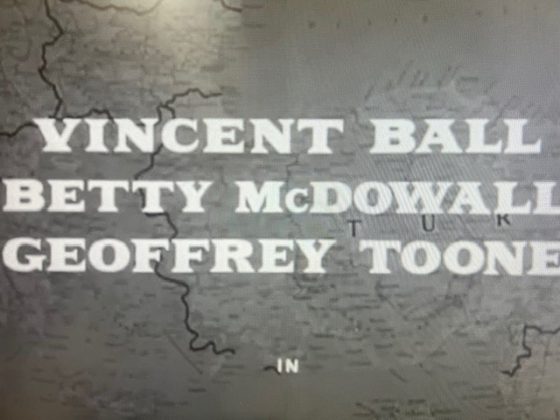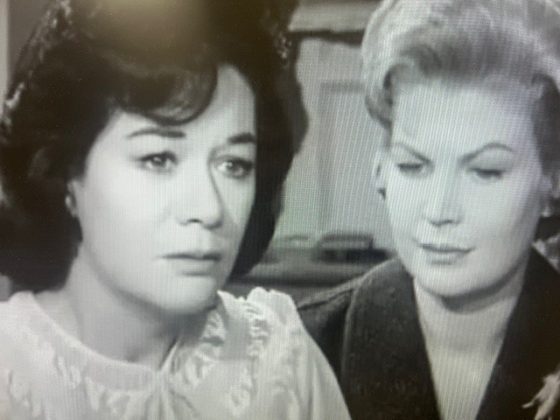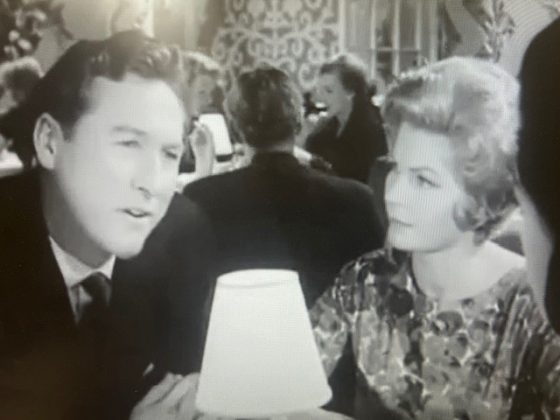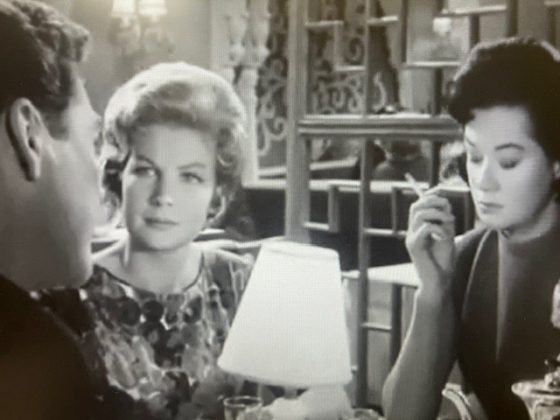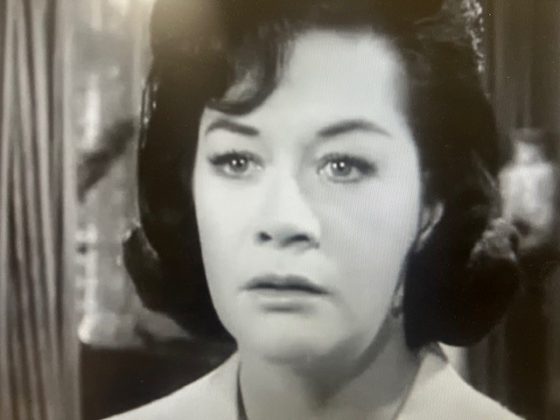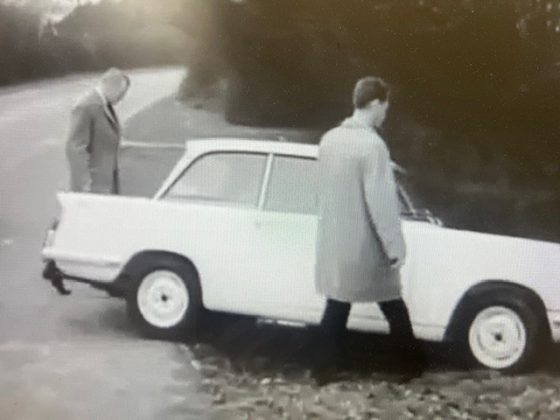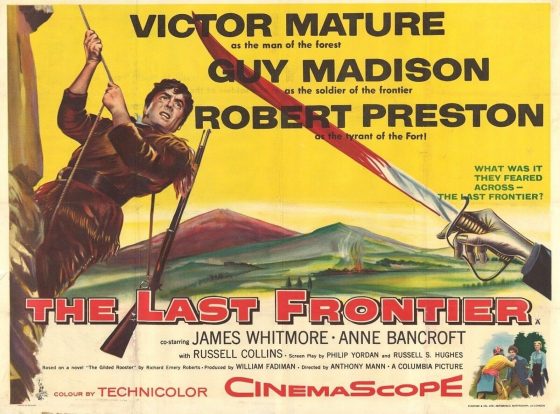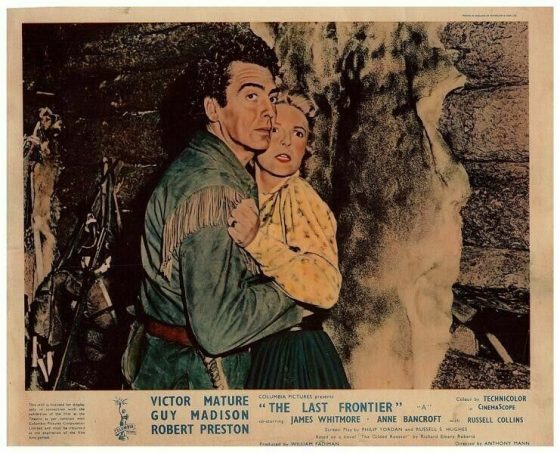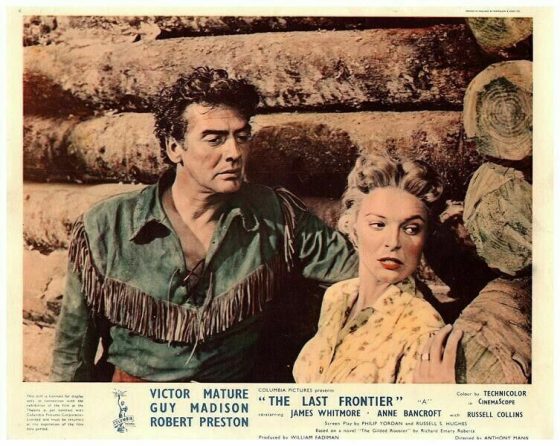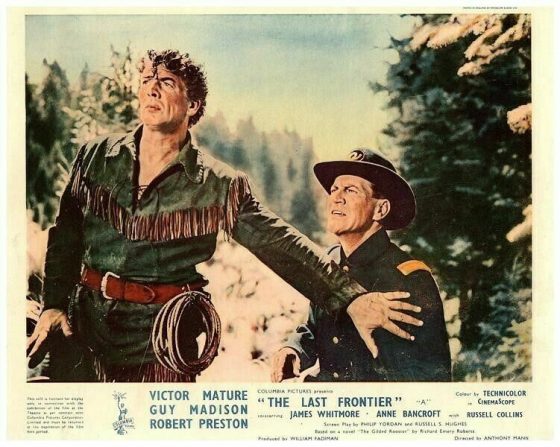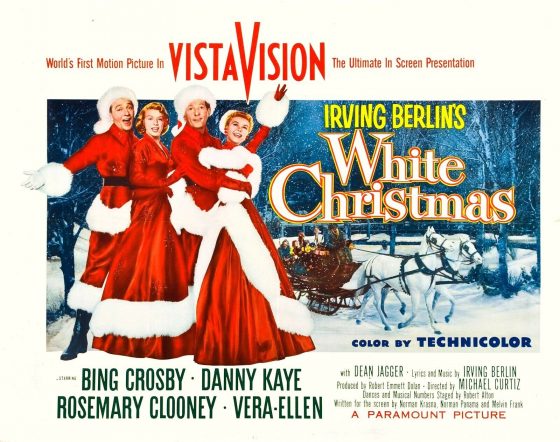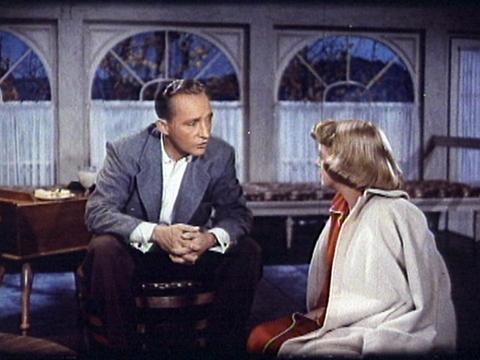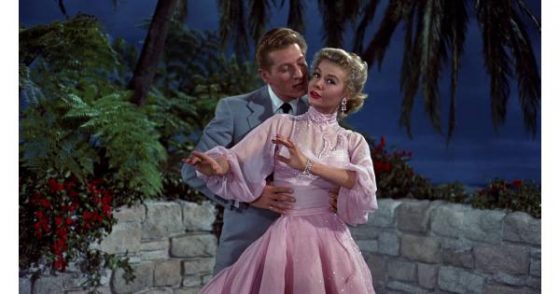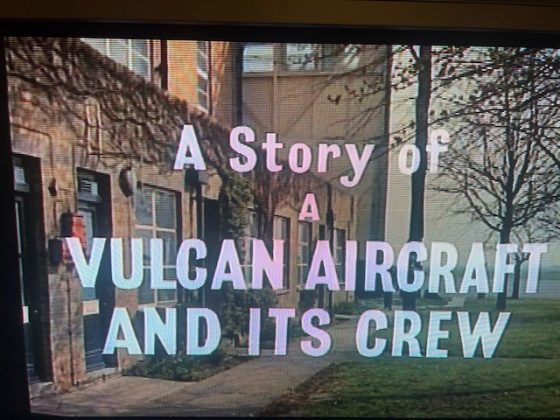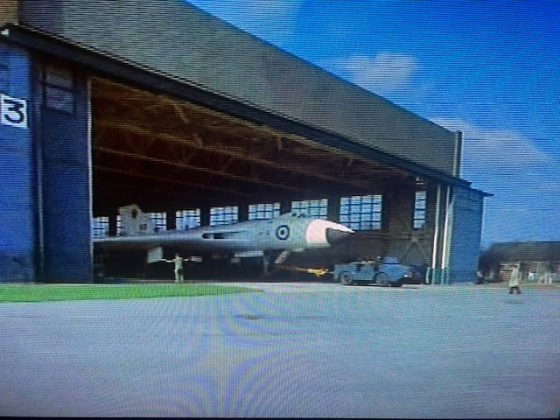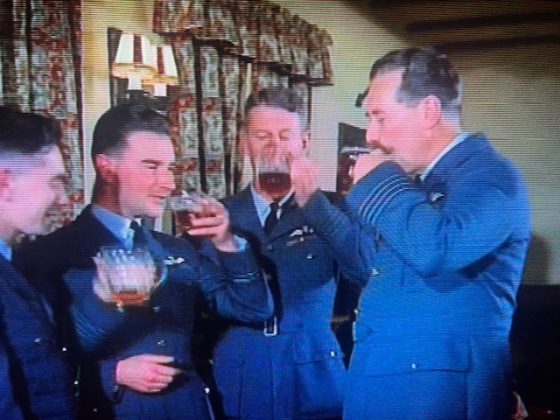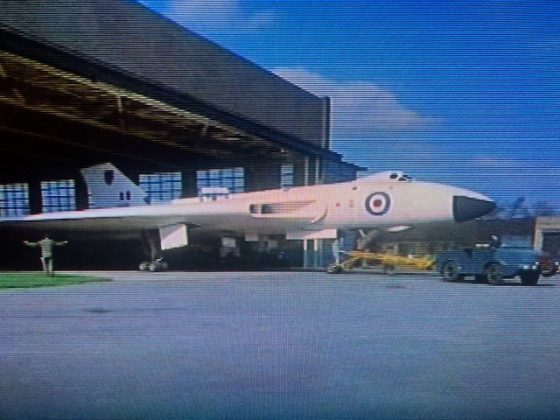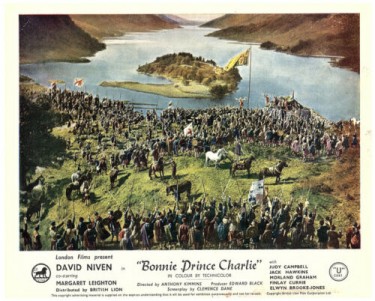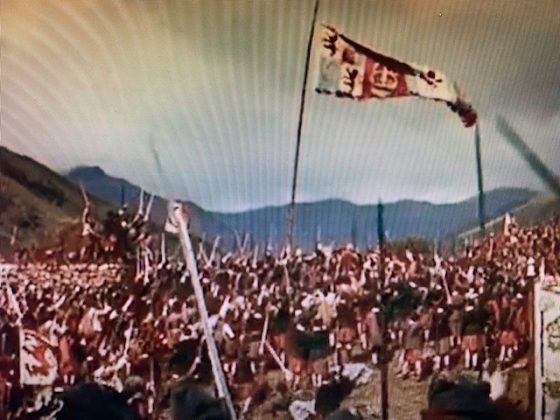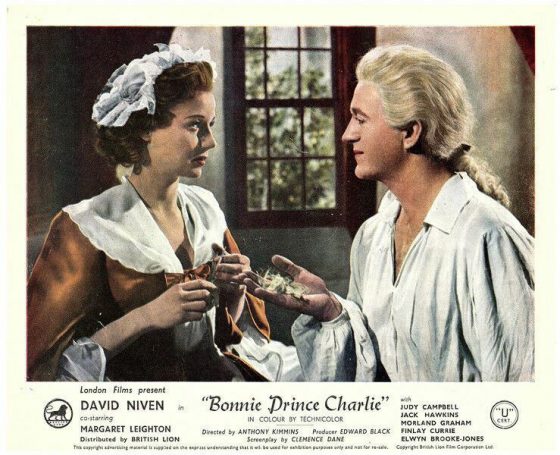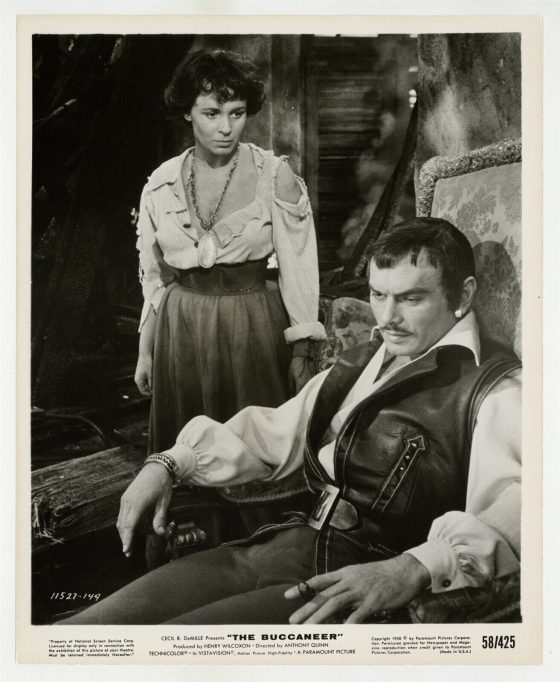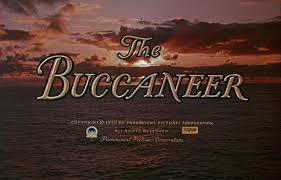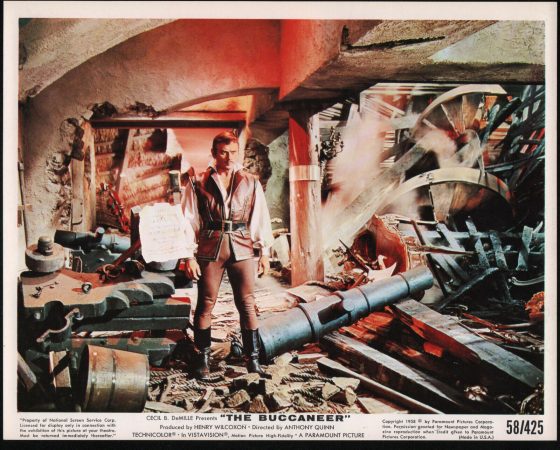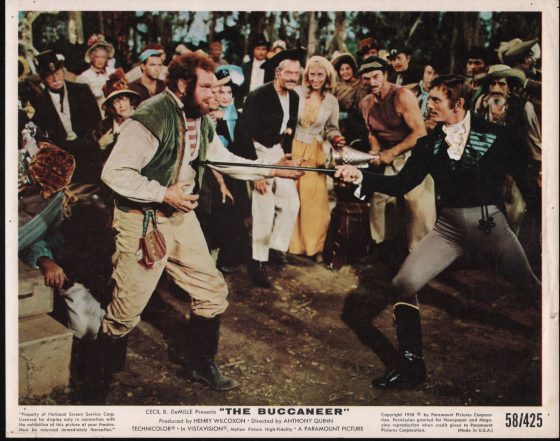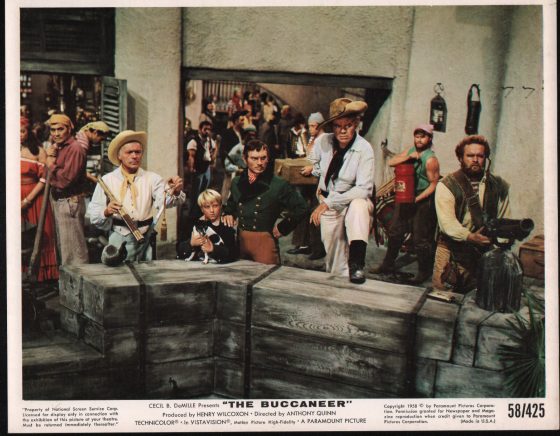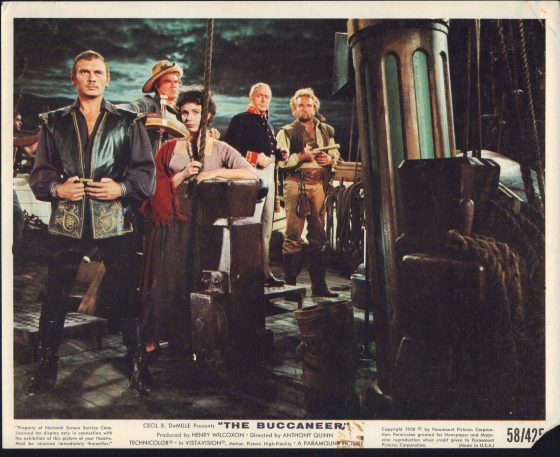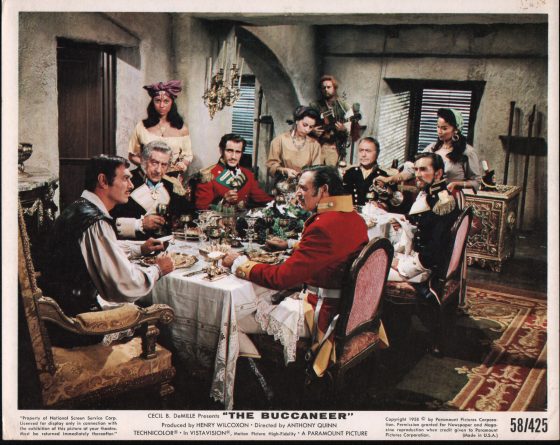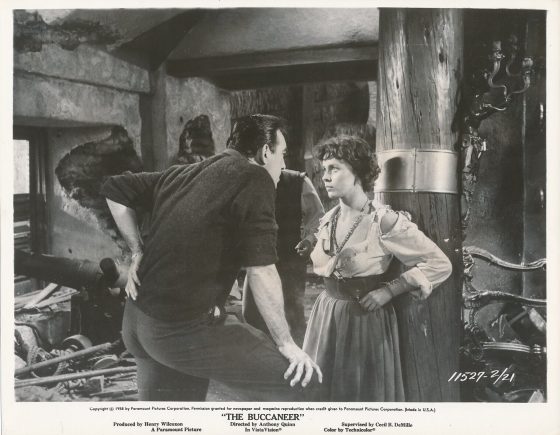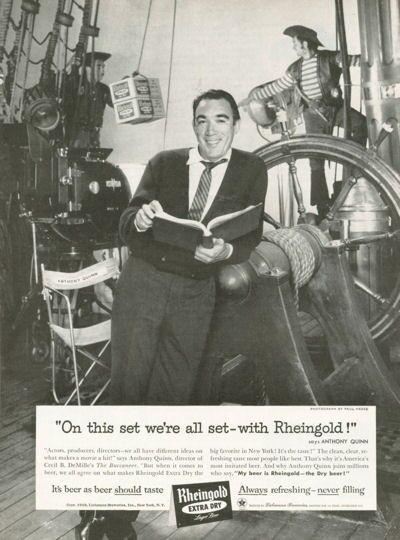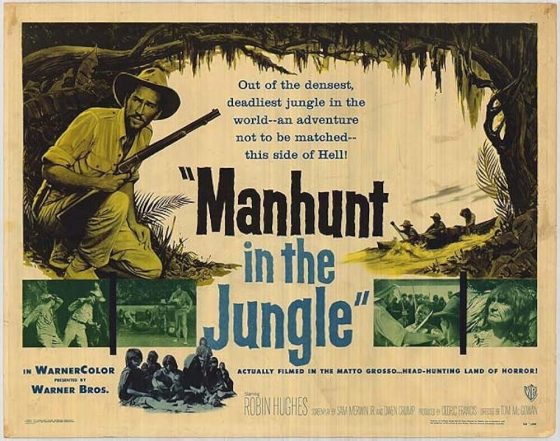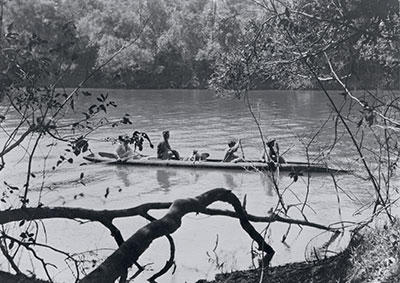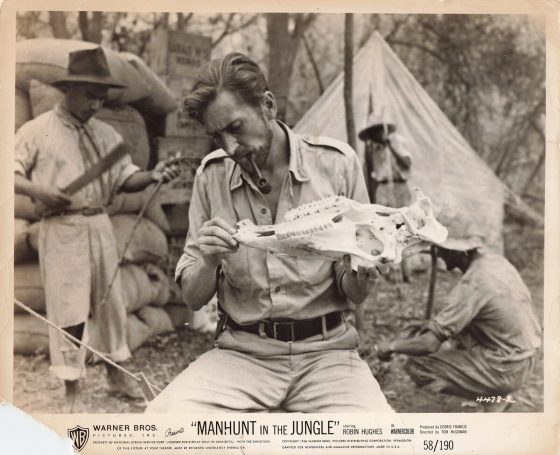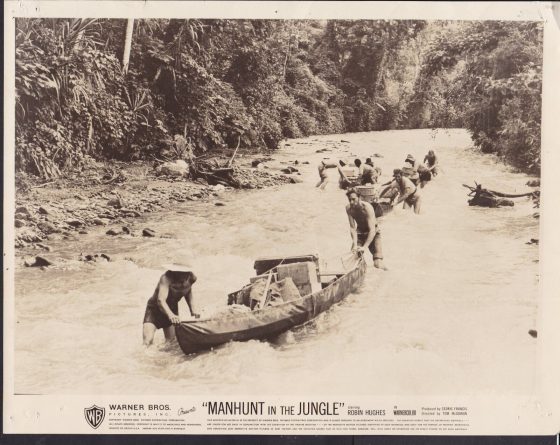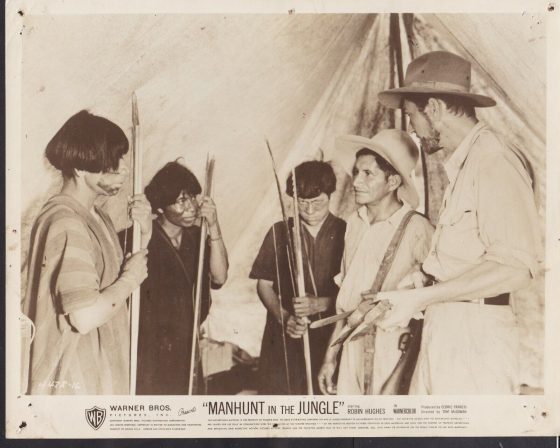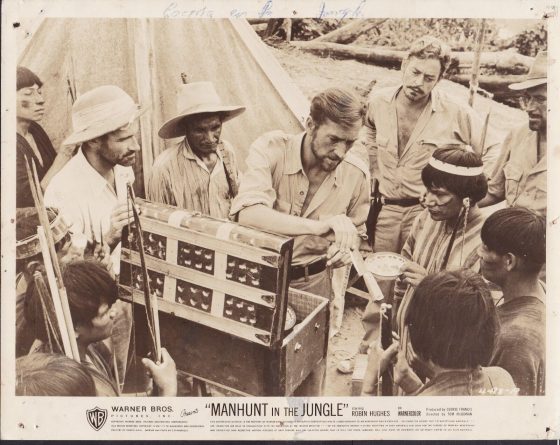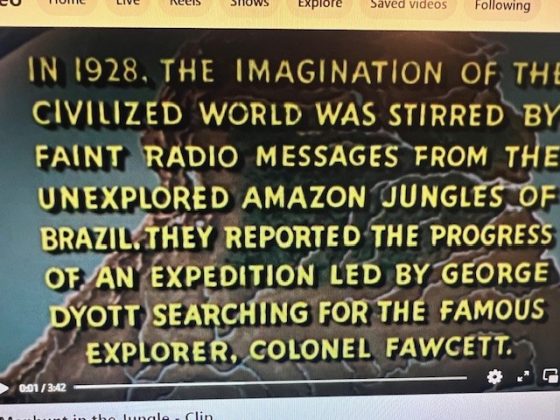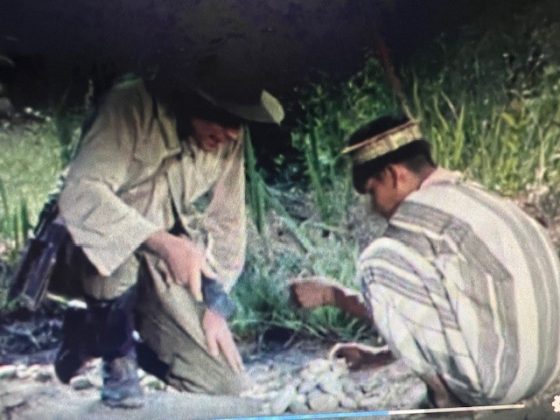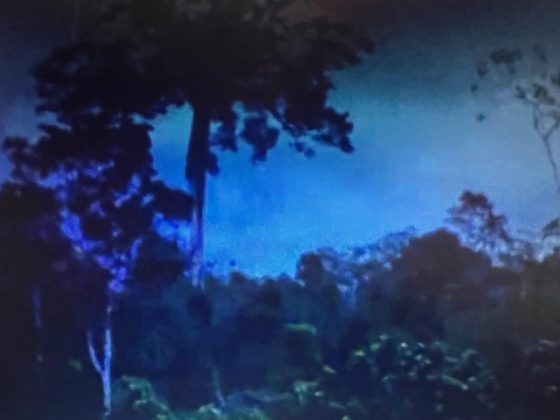This film was released on 1 January 1951 and looking down the cast list I see some names that became- or were – very familiar. Patrick McNee, Terence Alexander, Archie Duncan, Peter Colpey, Arthur Wontner ( a famous film Sherlock Holmes ) and Eugene Deckers to name just a few.
In this costume adventure set in France during the Reign of Terror, a mysterious man known only as the Scarlet Pimpernel rescues noblemen from the guillotine and leads them to safety across the English Channel.

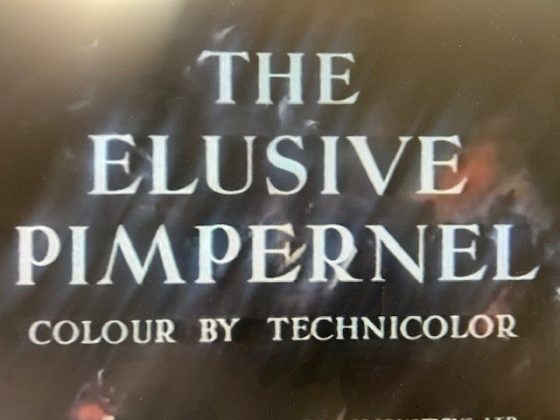
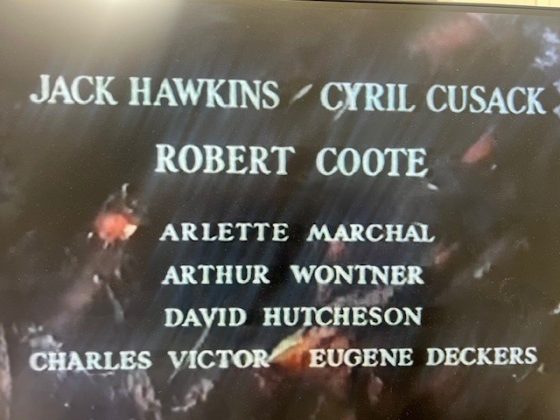
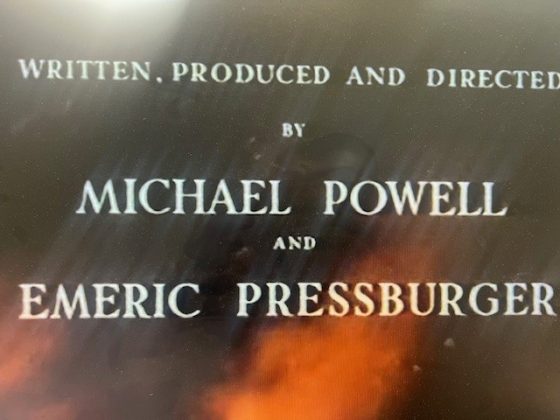
Chauvelin played by Cyril Cusack – is determined to unmask the Pimpernel and bring him to justice. When evidence begins to suggest that the hero is actually foppish Sir Percy Blakeney, Chauvelin blackmails Percy’s wife, Marguerite, into cooperating on the threat that he’ll expose the criminal activities of her brother Armand.
However, Marguerite doesn’t much care for her husband, hardly believes he could be the heroic Pimpernel, and is startled when she finds out that he truly is the hero.
The film was conceived as a co-production deal between Alexander Korda’s London Films and Samuel Goldwyn, in which it was agreed that Goldwyn would fund half the film’s production costs in exchange for US distribution rights.
Korda had produced a versionof ‘The Scarlet Pimpernel’ in 1935 with Leslie Howard and Merle Oberon, and Goldwyn anticipated a colour remake that would repeat that film’s international success.
The Elusive Pimpernel was eventually released in America in a further truncated form (and in black and white) as The Fighting Pimpernel.
Although both Powell and Pressburger were dissatisfied with it, The film itself is highly enjoyable.
It features stunning location work in Bath, the Loire Valley and on Mont St. Michel
There are some lavish costumes to see – David Niven and Jack Hawkins’ humbug-striped tailcoats and frilly lace cuffs commanding as much visual attention as Margaret Leighton’s elegant ball
There is one action sequence in the film that has stayed with me since I saw this with my Mother and Father at the time of release and that was when Sir Percy in his horse and carriage race against the Jack Hawkins character. As they speed neck and neck, in the distance is a narrow bridge that only one can get through. It is quite exciting as they hurtle towards this obstacle. In the end Sir Percy wins leaving the other carriage to veer away and come to a crashing halt.
Because of the contractual troubles around the production and release, this film was not that well promoted – not at all in the USE until a few years later – so it is not well remembered and not often shown on TV.
Nevertheless it is a very colourful production
